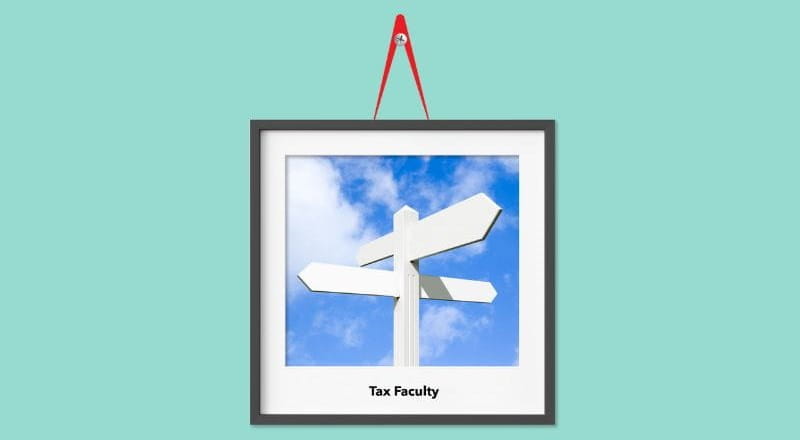Secondary class 1 NIC
Currently, employers pay secondary class 1 NIC at the rate of 13.8% on the amount by which an employee’s earnings exceeds the secondary threshold (ST) of £9,100 per year/£175 per week.
At the Budget, it was announced that the rate will be increased to 15%, and that the ST will be reduced to £96 per week, announced by the Chancellor as £5,000 per year. This is expected significantly to increase employers’ NIC liabilities. It is estimated that it will generate additional revenue for the government of £25bn per year. As a result, The Office of Budget Responsibility has suggested that at least some of this could be passed on to employees in the form of lower wage increases going forward.
Where certain conditions are met, the starting point at which employers pay secondary NIC (the ST) is replaced with what is termed an upper secondary threshold (UST). The annual UST is £25,000 in the case of special tax sites (investment zones and freeports), and £50,270 for under 21s, veterans (extended until 2026) and apprentices under 25. These USTs remain unchanged.
Employment allowance
To help protect smaller employers from the increase in NIC, the amount of the employment allowance will be increased from £5,000 to £10,500 per year from 6 April 2025. Eligible employers can offset the employment allowance against their NIC liability, potentially reducing it to £nil.
The £100,000 threshold will also be removed, meaning that eligibility for the allowance is not restricted to employers with a prior tax year secondary NIC liability of £100,000 or less.
Classes 1A and 1B NIC and mandation of payrolling of benefits-in-kind
Employers pay class 1A NIC on the value of some benefits provided, and lump sum payments made to employees. Class 1B NIC is payable where the employer has a pay as you earn settlement agreement (PSA) with HMRC. In both cases, the rate of charge will increase from 13.8% to 15% from April 2025.
It was also confirmed that reporting of benefits in kind via payroll software will become mandatory as of April 2026, with the exception of employment related loans and accommodation as these can be difficult to value within the tax year.
This may be further complicated from April 2025 following the announcement that the official rate of interest may be changed quarterly, cancelling the undertaking in 2000 by the former Inland Revenue that the rate would remain constant for whole tax years. These benefits can be payrolled on a voluntary basis where possible and P11D and P11D(b) forms will be available for reporting these benefits in kind only as a temporary measure, until mandatory payrolling is also extended to them.
ICAEW’s view
Responding to the increase in the rate of employer’s NIC announced at the Budget, Frank Haskew, Head of Taxation Strategy said: “The additional cost for employers because of the rise of employers’ NIC increases the incentive for workers to be treated as not employed, and therefore more workers may be hired off payroll. To discourage employment status arbitrage and reduce distortive behaviours, the taxation of labour needs to be more consistent across all forms of engagement.”
ICAEW’s Budget webinar
To learn more about the measures discussed above, and other changes announced at the Budget, join members of the Tax Faculty at the Budget webinar on Friday, 1 November 2024. Attending the webinar could contribute up to 1.5 hours of verifiable Continuing Professional Development (CPD), providing you can demonstrate that the content is relevant to your role.
Further information
Budget 2024
Read ICAEW's analysis of the Chancellor's Budget announcements and watch a recording of the Tax Faculty's webinar reflecting on the announcements.

Latest on business tax
The Tax Faculty
ICAEW's Tax Faculty is recognised internationally as a leading authority and source of expertise on taxation. The faculty is the voice of tax for ICAEW, responsible for all submissions to the tax authorities. Join the Faculty for expert guidance and support enabling you to provide the best advice on tax to your clients or business.




